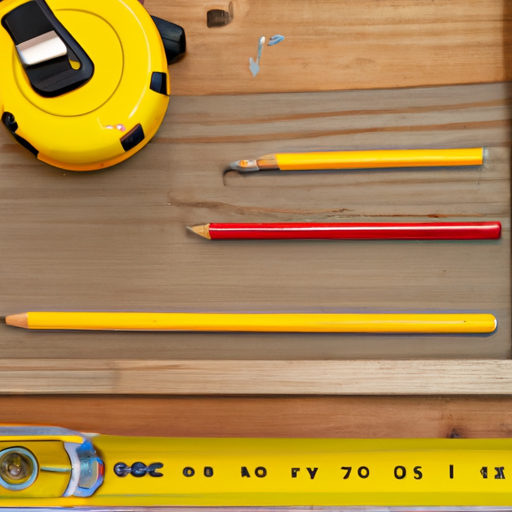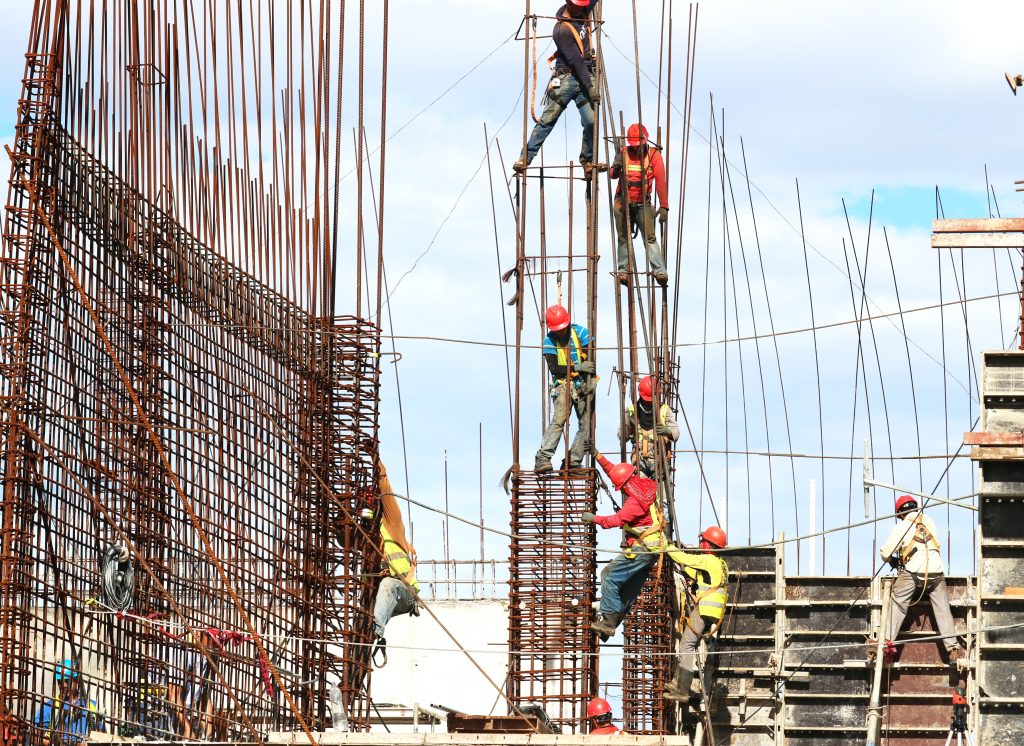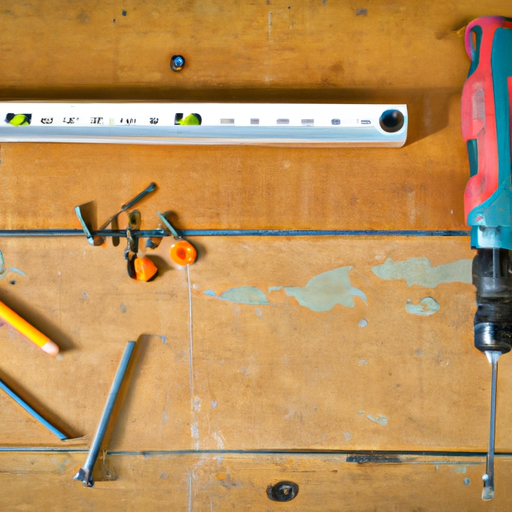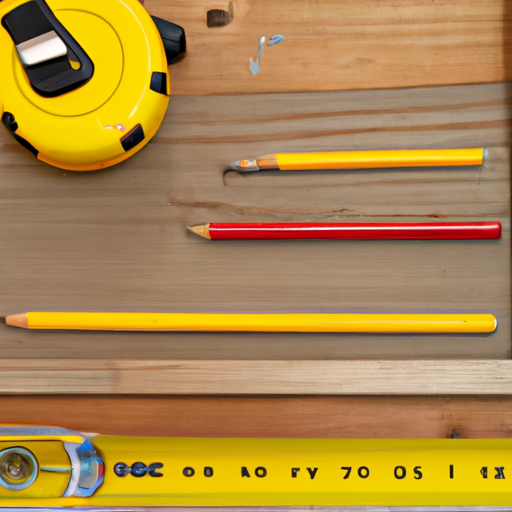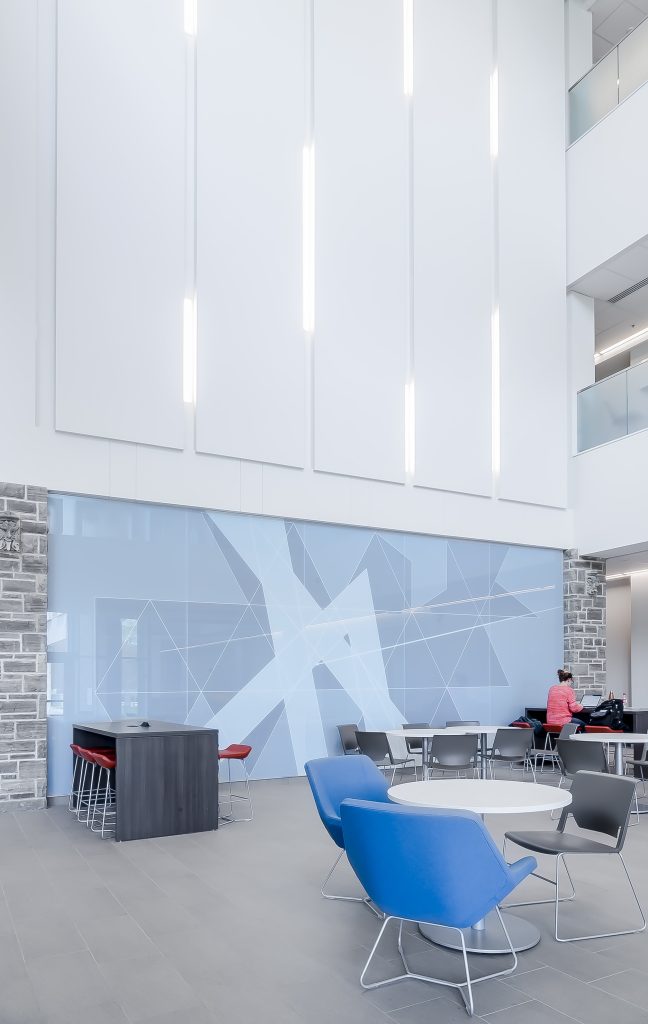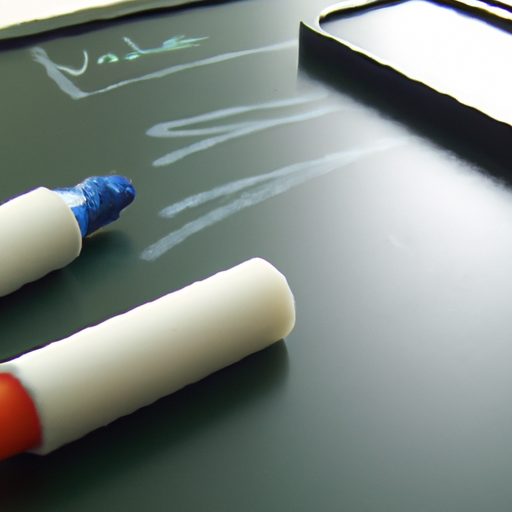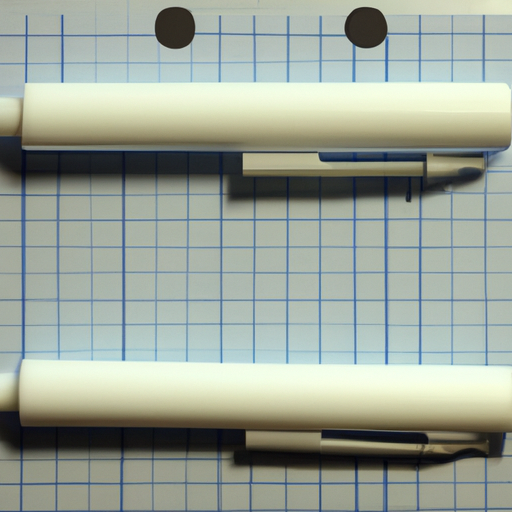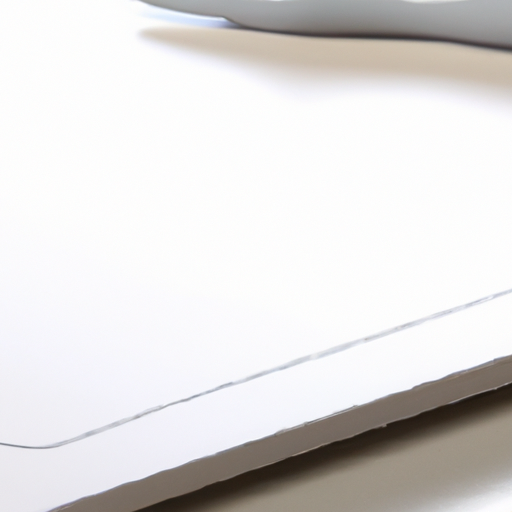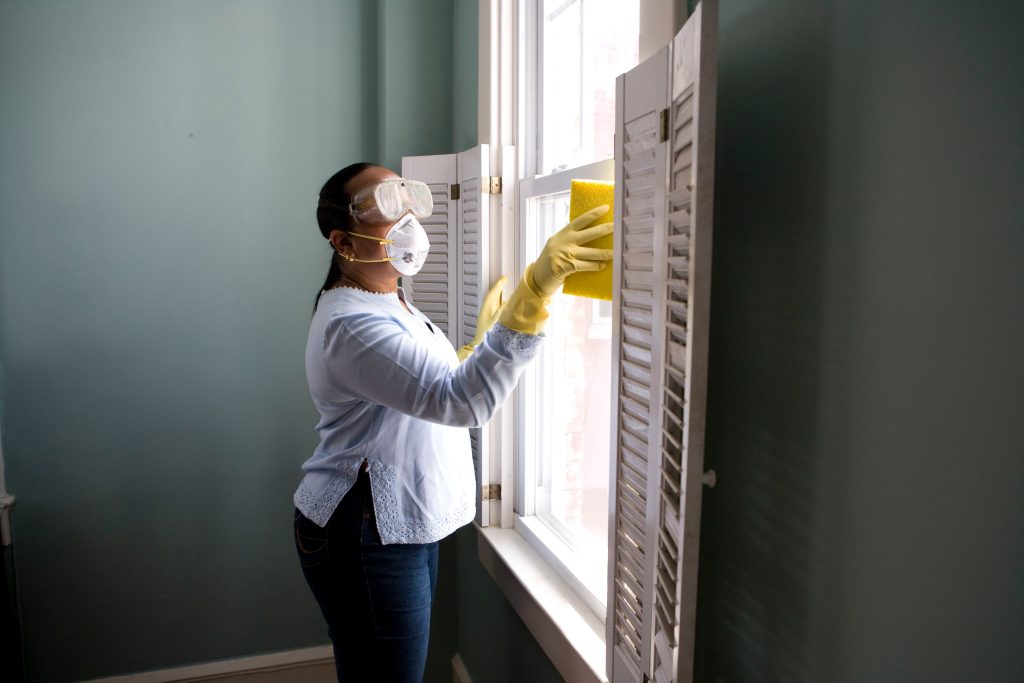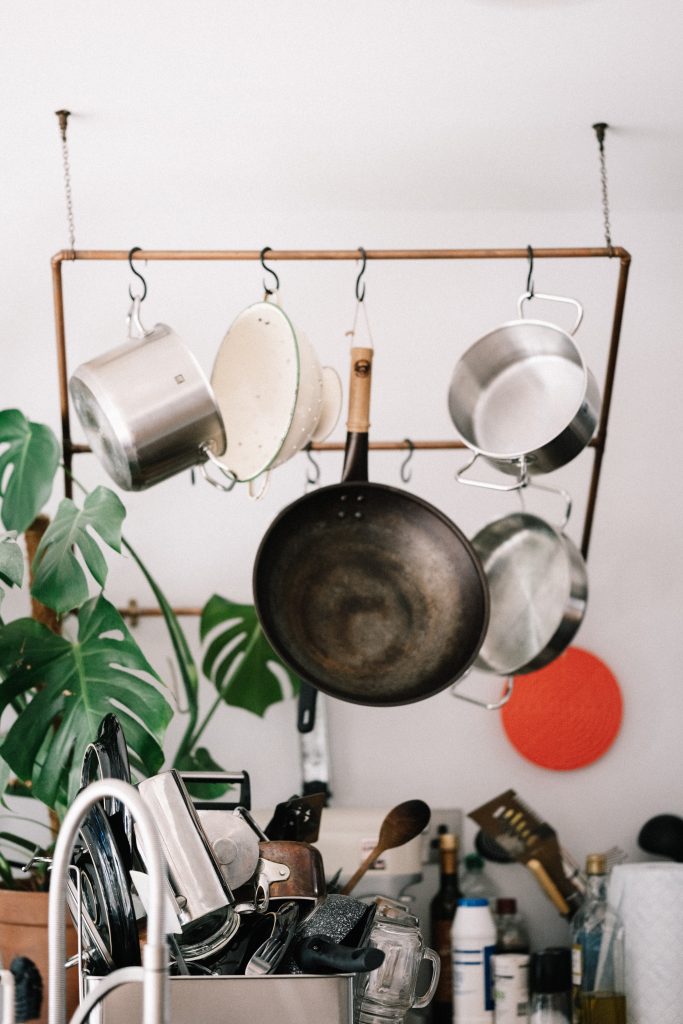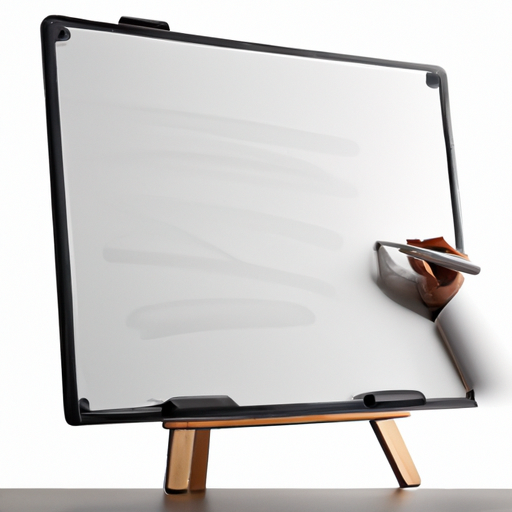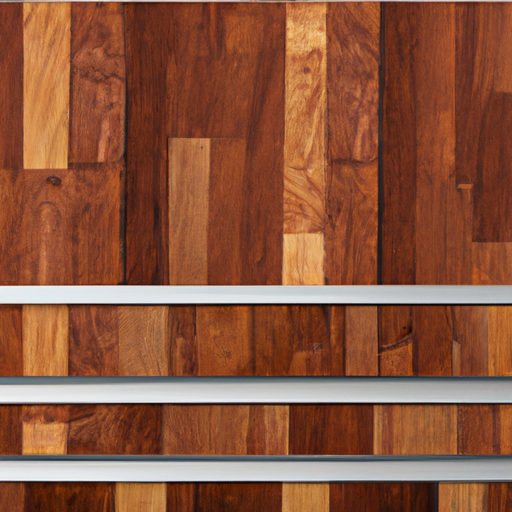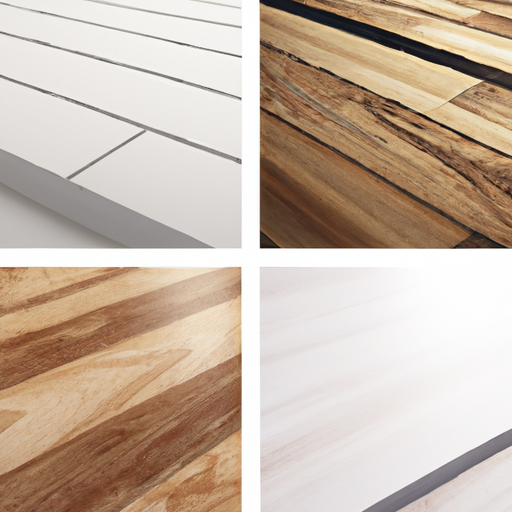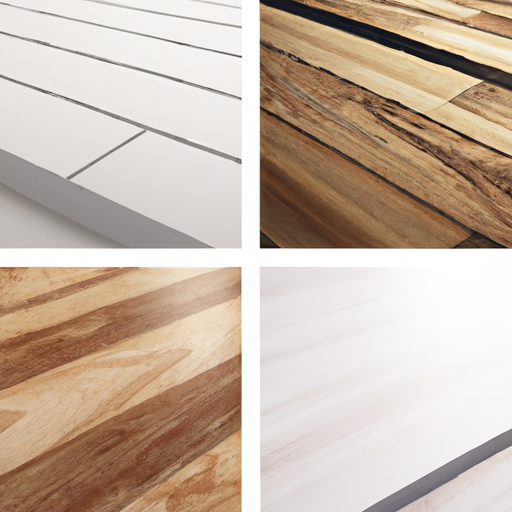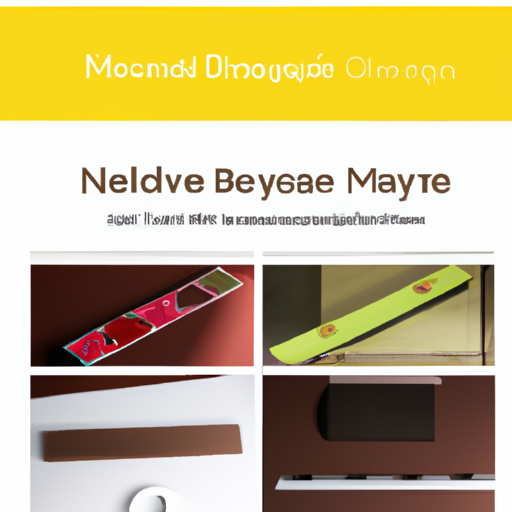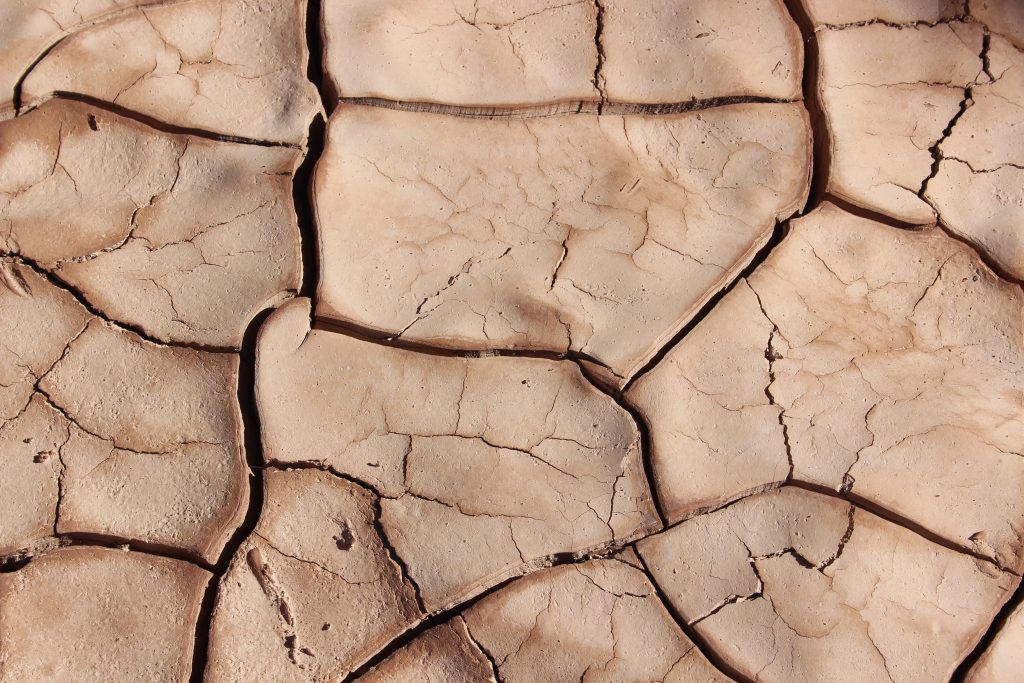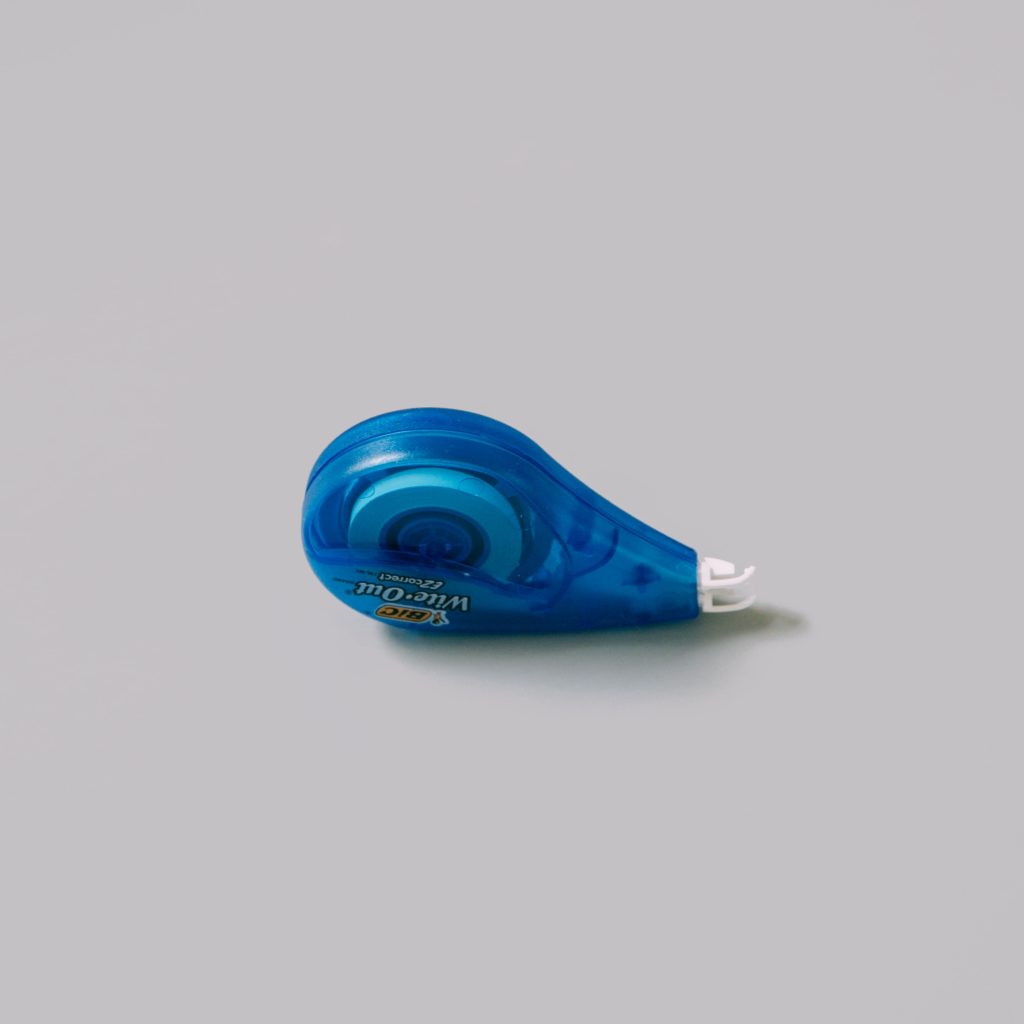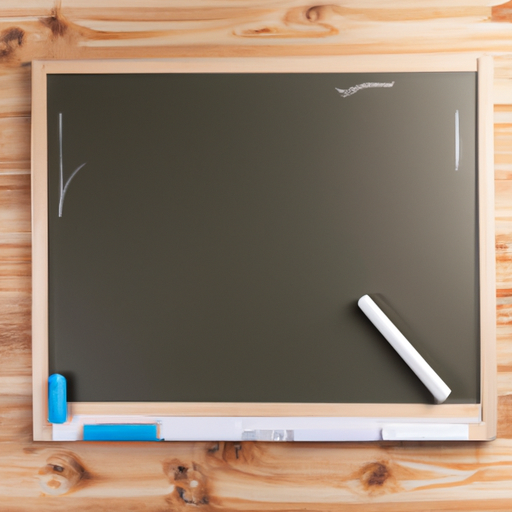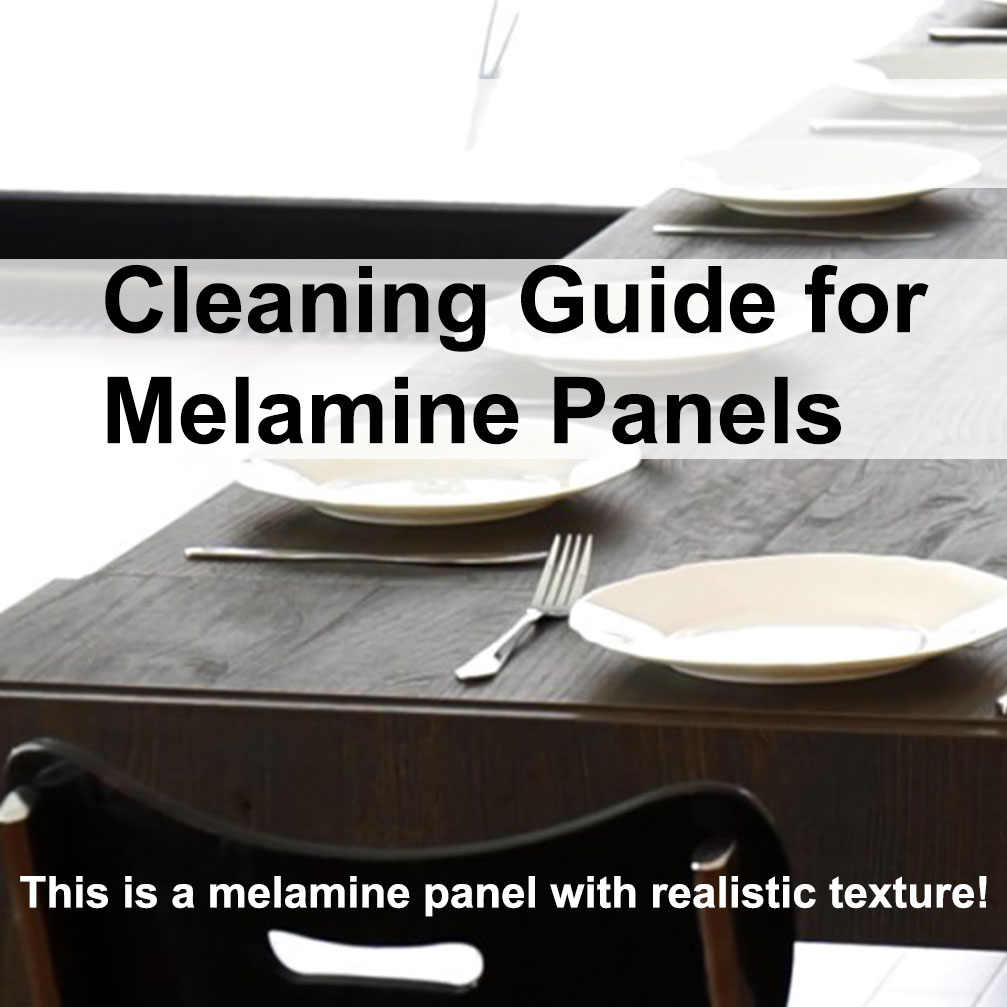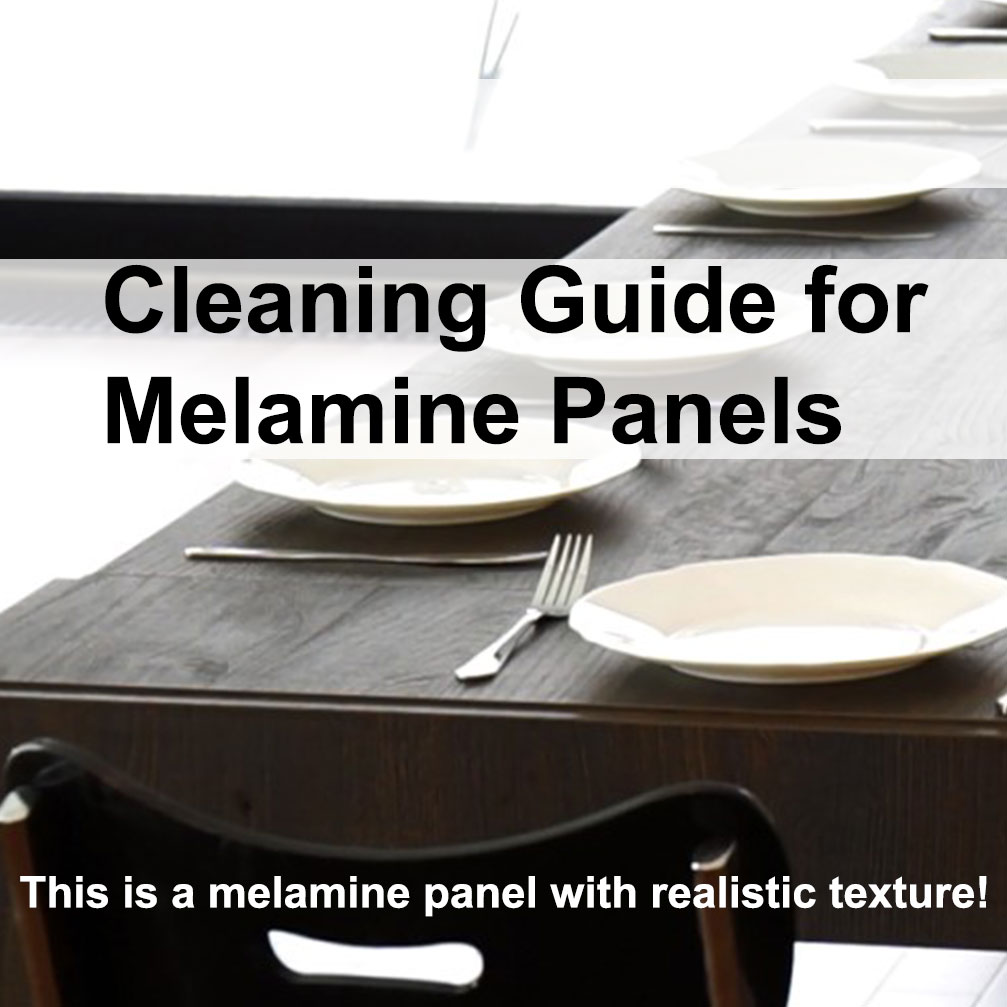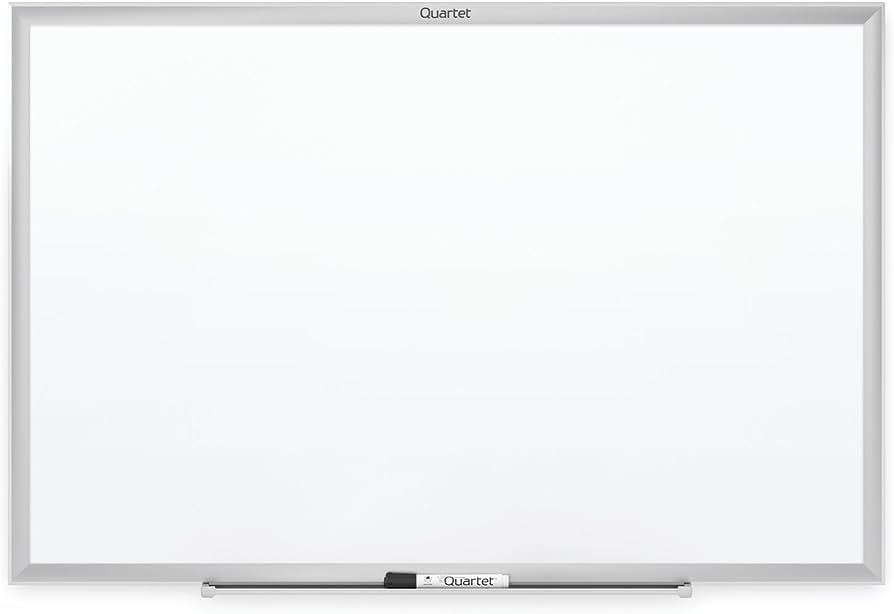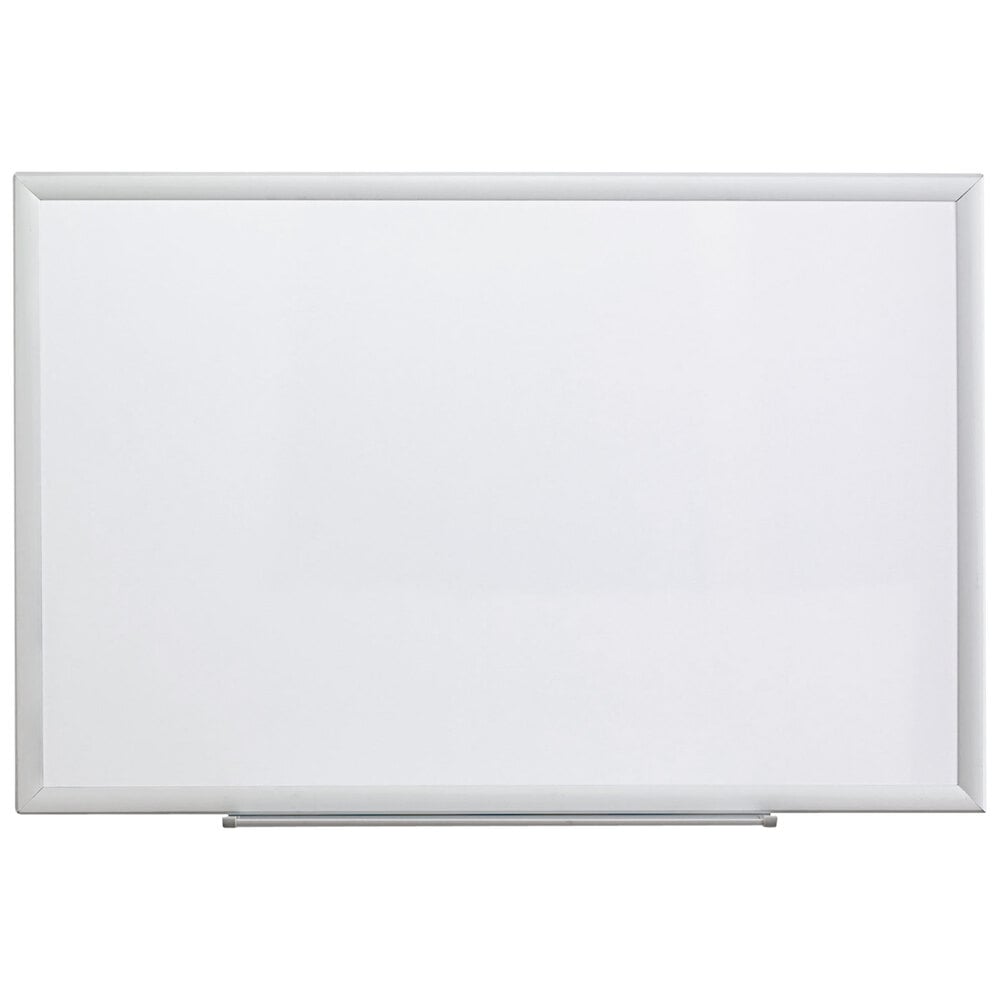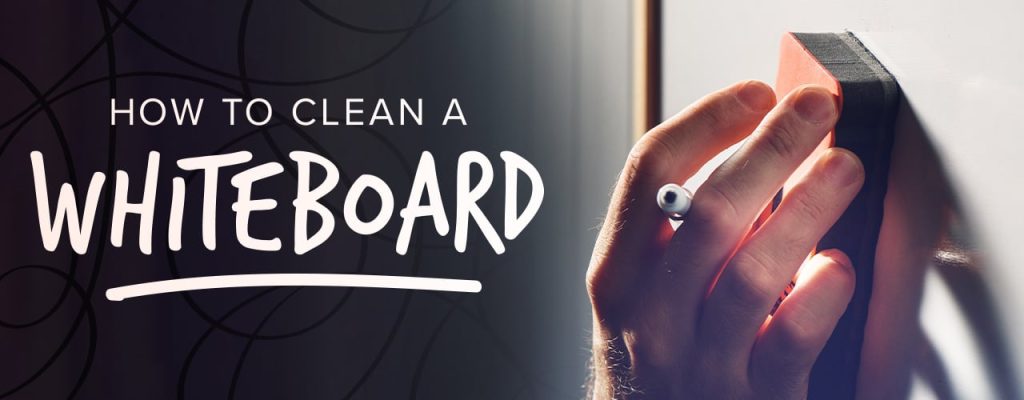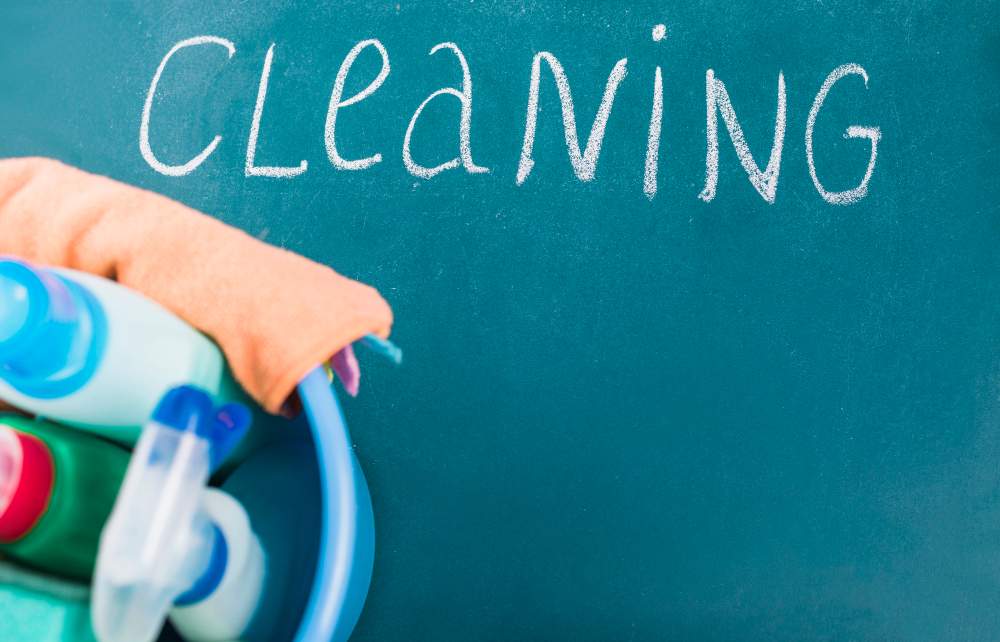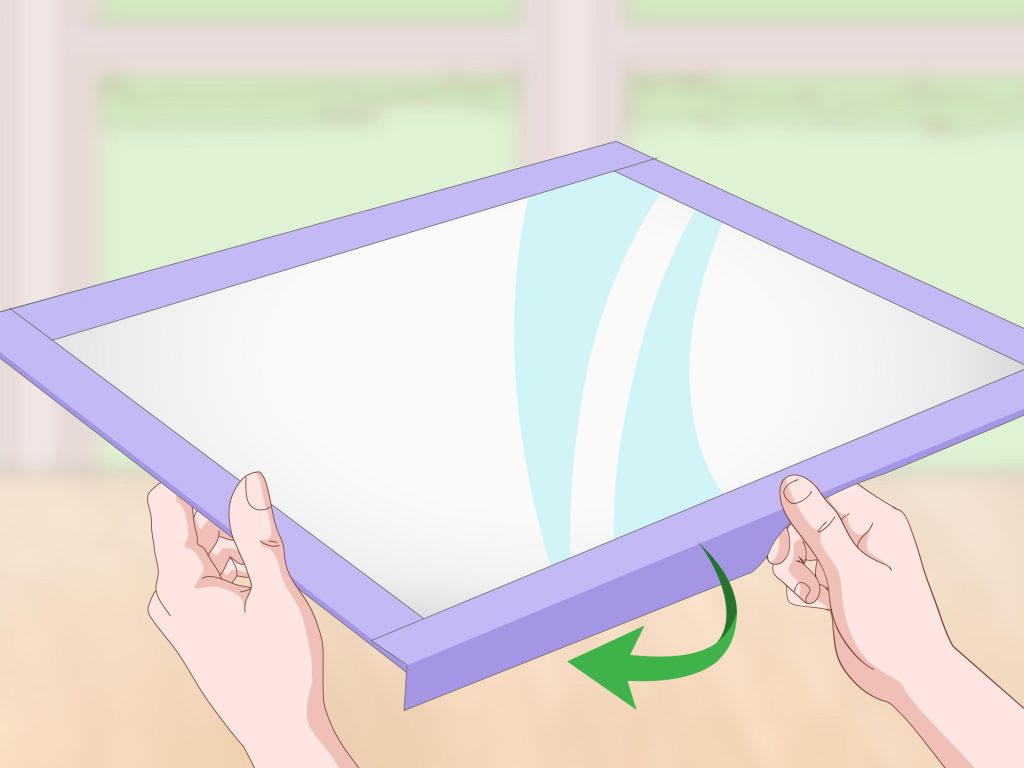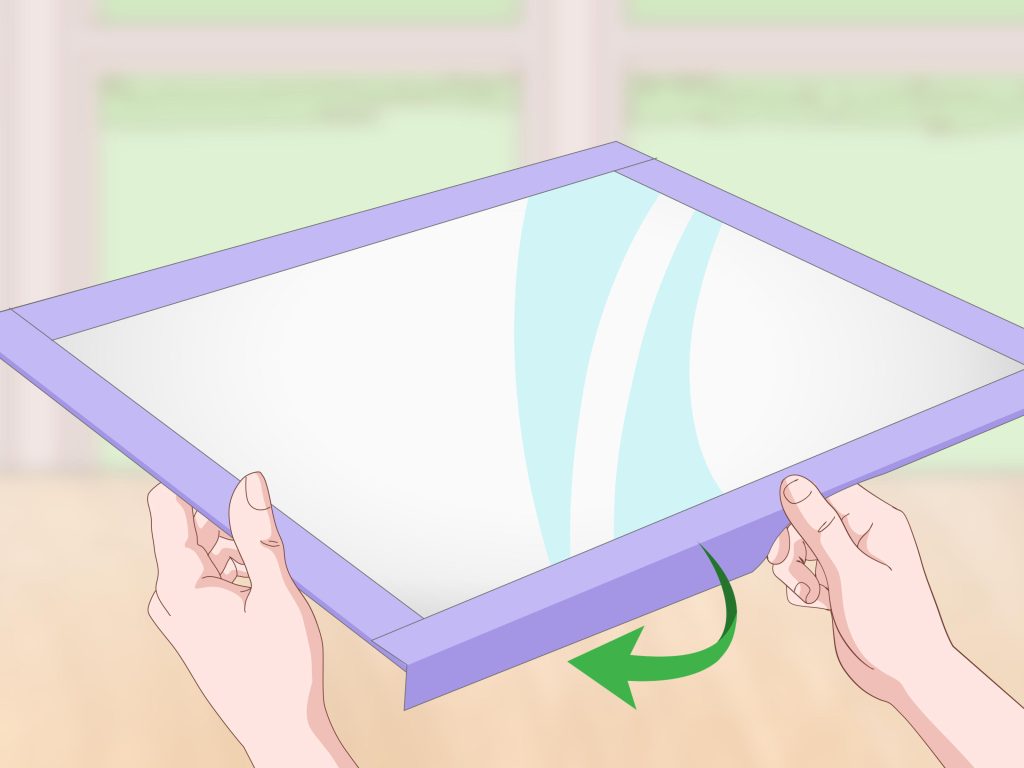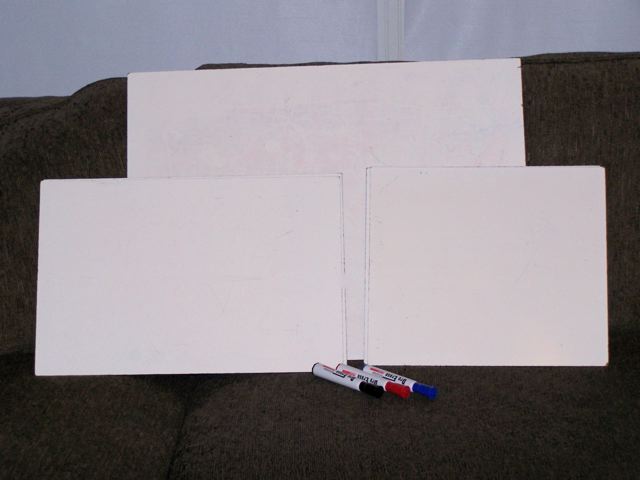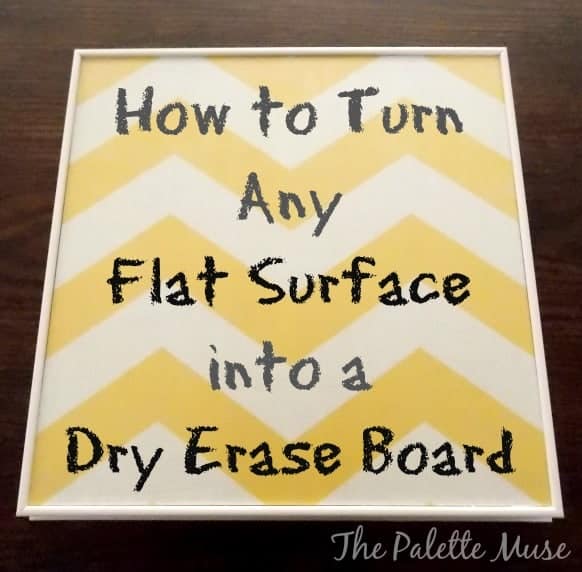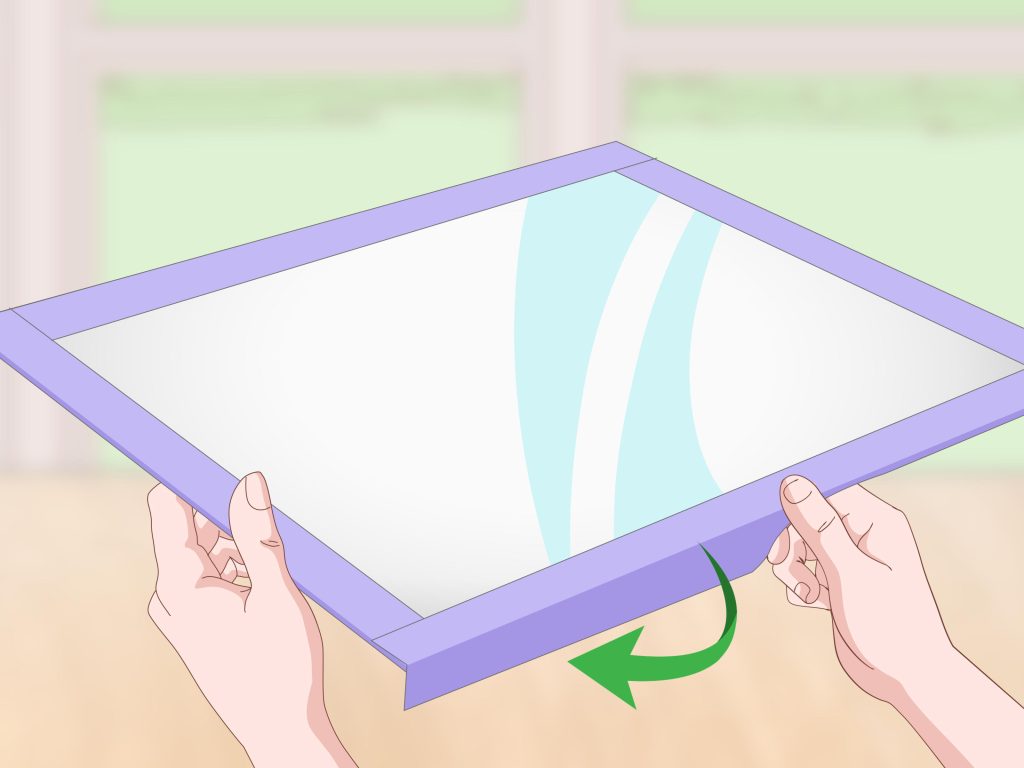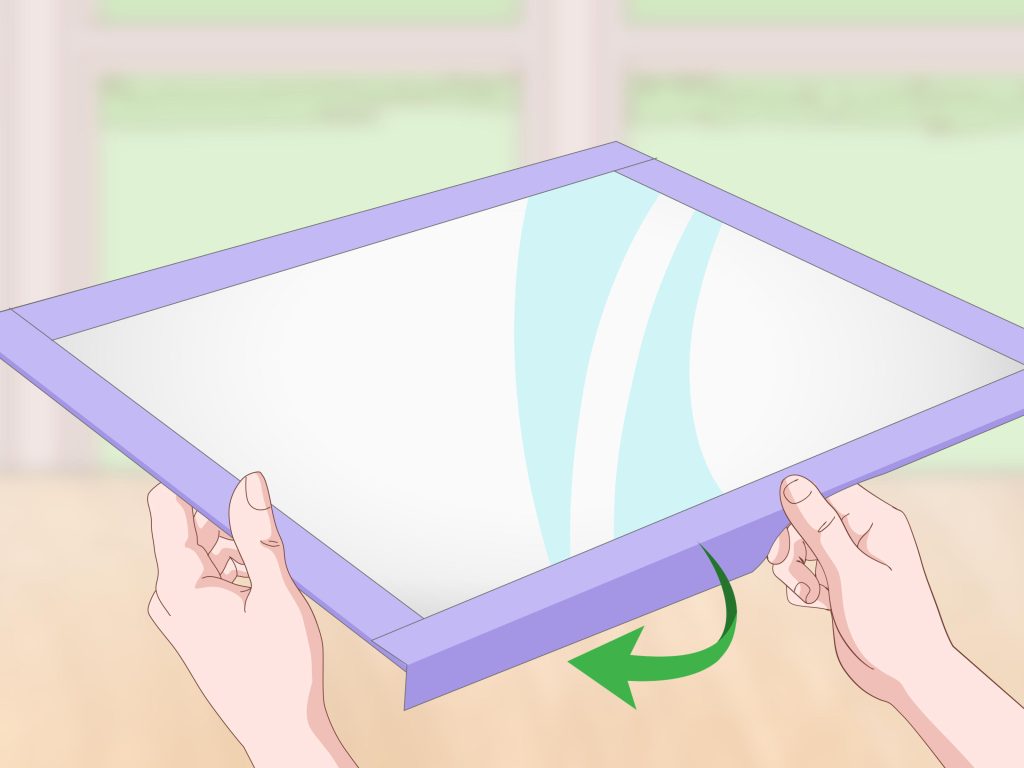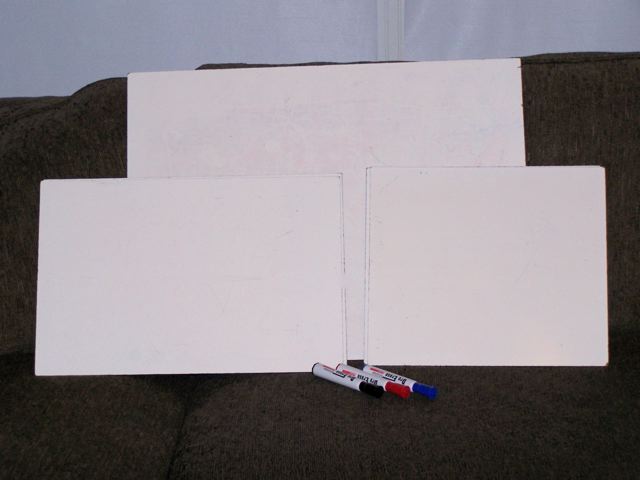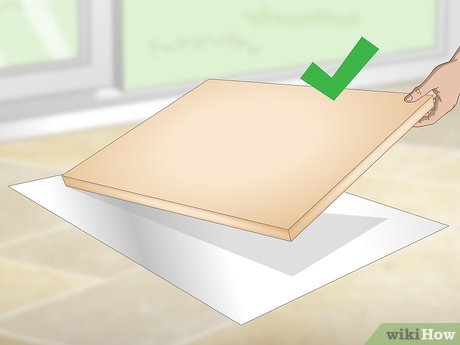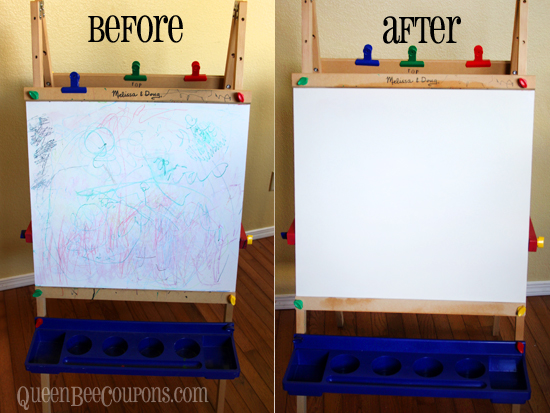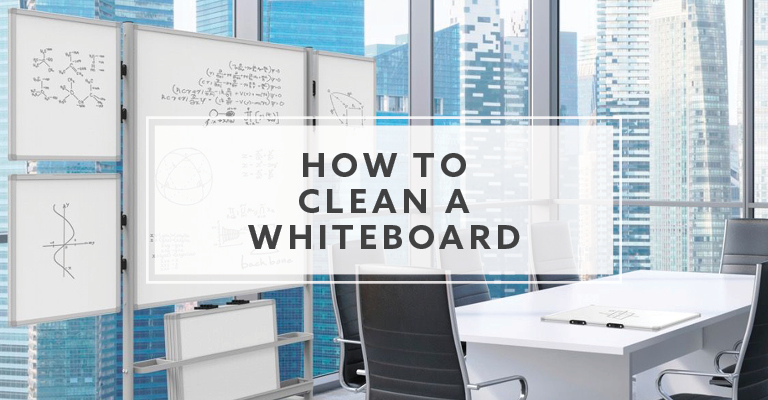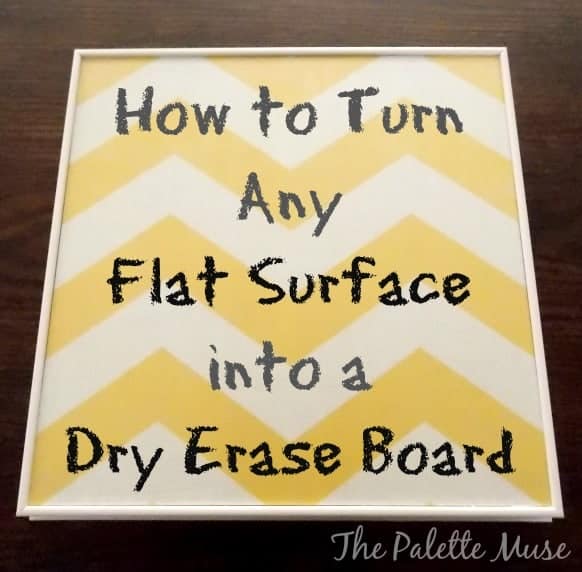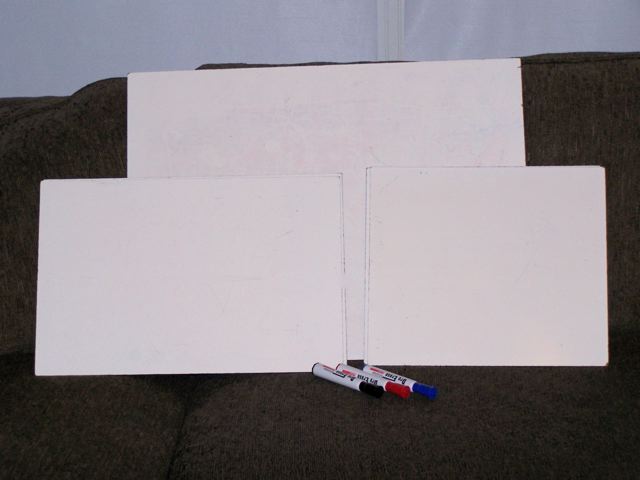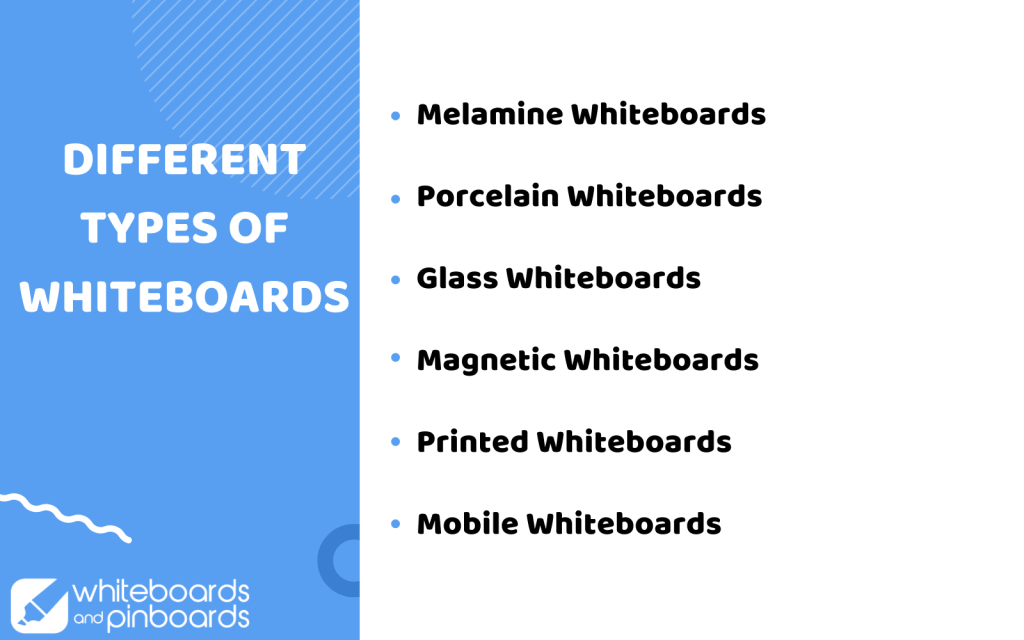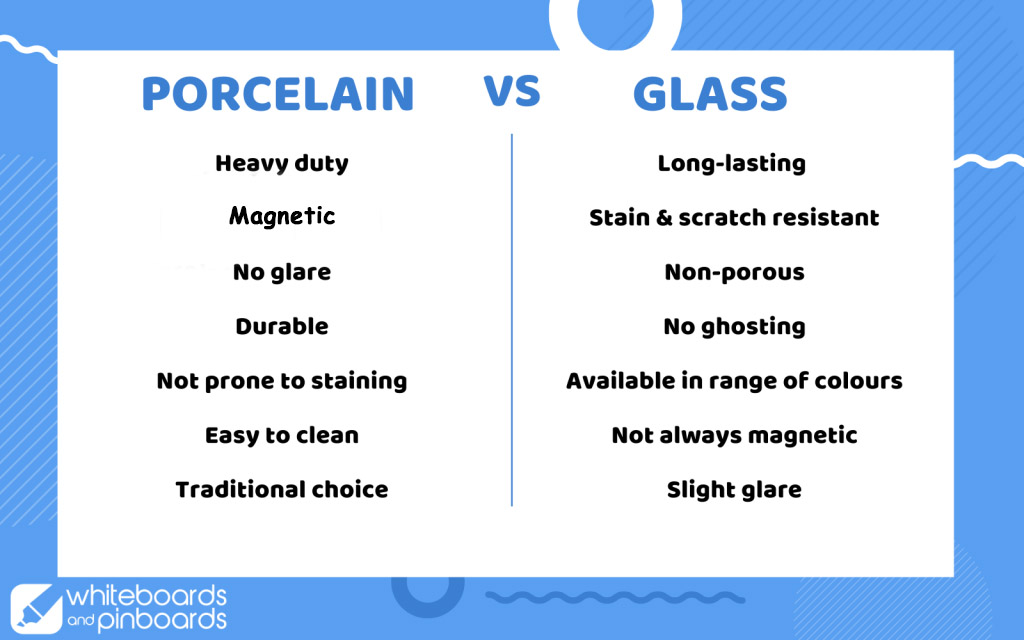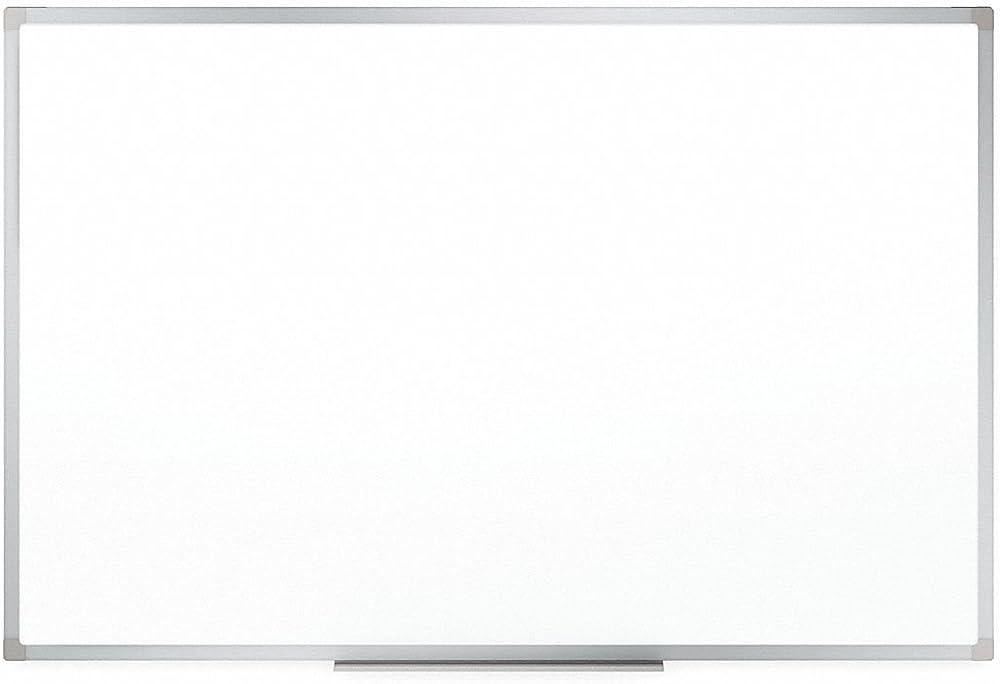Pros and Cons of Melamine Boards
So you’re curious about melamine boards, huh? Well, look no further because this article is here to give you a quick rundown of the pros and cons of these versatile building materials. From their durability and cost-effectiveness to their limited color options and potential for chipping, we’ll cover it all. Whether you’re a DIY enthusiast or a professional contractor, understanding the advantages and disadvantages of melamine boards will help you make an informed decision for your next project. Let’s get started!
Advantages of Melamine Boards
Durable and long-lasting
Melamine boards are known for their durability, making them a popular choice for various applications. Whether used for furniture, shelves, cabinets, or countertops, melamine boards can withstand daily wear and tear, ensuring a long-lasting product. The boards are resistant to scratches, dents, and stains, making them highly reliable and perfect for high-traffic areas in your home or office.
Easy to clean
One of the major advantages of melamine boards is their ease of maintenance. Unlike some other materials, melamine boards are incredibly easy to clean. A simple wipe with a damp cloth is usually enough to remove any dirt or spills. This convenience not only saves you time and effort but also ensures that your surfaces always look clean and presentable.
Variety of designs and finishes
melamine boards come in a wide range of designs and finishes, allowing you to choose the perfect style to complement your interior decor. Whether you prefer a modern, minimalist look or a more traditional aesthetic, there is a melamine board design to suit your taste. From wood grains to solid colors, you can easily find the right option to bring your vision to life.
Affordable
Compared to other materials like solid wood or natural stone, melamine boards are generally more affordable. This makes them a budget-friendly choice for those who want to achieve a stylish and durable look without breaking the bank. With melamine boards, you can have the appearance of expensive materials without the hefty price tag.
Resistance to moisture and chemicals
Melamine boards are engineered to be highly resistant to moisture and chemicals. This makes them suitable for areas prone to moisture and humidity, such as kitchens and bathrooms. Unlike natural wood, melamine boards won’t warp or rot when exposed to moisture, ensuring their longevity and maintaining their structural integrity.
Impact resistance
Thanks to their construction, melamine boards are highly resistant to impact. This makes them ideal for environments where there is a higher risk of accidental damage, such as homes with young children or busy commercial spaces. With melamine boards, you can have peace of mind knowing that your surfaces can withstand daily bumps and knocks without showing signs of wear and tear.
Prevents growth of bacteria and mold
Another advantage of melamine boards is their ability to inhibit the growth of bacteria and mold. This is due to the material’s non-porous nature, making it difficult for microorganisms to thrive. By choosing melamine boards, you can create a hygienic and healthy environment, reducing the risk of illness and ensuring the longevity of your surfaces.
Low maintenance
As mentioned earlier, melamine boards are incredibly low maintenance. Unlike natural wood, which requires regular polishing and refinishing, melamine boards only require simple cleaning to keep them looking their best. This convenience saves you valuable time and effort, allowing you to enjoy your surfaces without the hassle of extensive upkeep.
Saves time during installation
Installing melamine boards can be significantly quicker and easier compared to some other materials. The boards come pre-finished, eliminating the need for additional painting or varnishing. Additionally, melamine boards are lightweight, making them easier to handle and transport. With their ease of installation, melamine boards are a convenient choice for both professionals and DIY enthusiasts.
Environmentally friendly
Melamine boards are considered environmentally friendly due to their sustainable production process. The boards are made from a combination of wood fibers, resin, and other materials, reducing the need for harvesting large amounts of natural wood. Additionally, the manufacturing process of melamine boards produces less waste compared to traditional wood processing methods. By choosing melamine boards, you can contribute to a greener and more sustainable future.
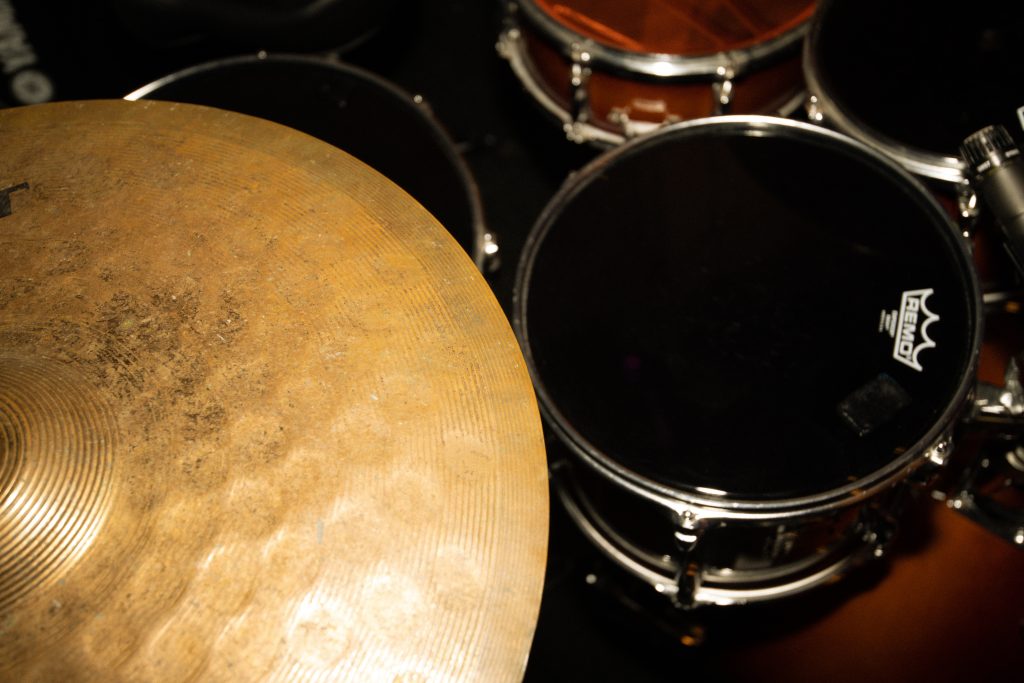
Disadvantages of Melamine Boards
Limited heat resistance
While melamine boards offer many advantages, they have a limited resistance to heat. Direct exposure to high temperatures, such as placing hot pots or pans directly on the surface, can cause the melamine to blister or discolor. It is important to use heat-resistant mats or trivets to protect the surface from heat damage and prolong the lifespan of your melamine boards.
Prone to chipping and scratching
Despite their durability, melamine boards can still be prone to chipping and scratching. Rough handling or impact from heavy objects can cause the melamine surface to chip or form scratches. It is important to handle melamine boards with care and avoid dragging sharp objects across its surface to maintain its pristine appearance.
Difficult to repair
Unlike some other materials, repairing melamine boards can be more challenging. Major damages, such as deep scratches or chipped edges, might require professional repair or even replacement of the affected area. It is important to take preventive measures and use protective measures, such as proper cutting boards and coasters, to minimize the risk of damage.
Not suitable for outdoor use
One of the limitations of melamine boards is that they are not suitable for outdoor use. Exposure to direct sunlight, rain, and harsh weather conditions can cause the melamine surface to fade, warp, or deteriorate over time. If you are considering using melamine boards for an outdoor project, it is recommended to choose materials specifically designed for outdoor use.
Weight limitations
Melamine boards have weight limitations, especially when used for vertical applications such as cabinets or shelves. Exceeding the weight limit can cause the boards to sag or become structurally unstable. It is important to consider the weight of the items you plan to store on melamine board surfaces and ensure they are within the recommended weight limits.
Formaldehyde emissions
One of the concerns associated with melamine boards is their potential formaldehyde emissions. While melamine boards are considered safe for everyday use, some lower-quality or improperly manufactured boards may release small amounts of formaldehyde gas over time. It is advisable to choose melamine boards from reputable manufacturers that meet strict quality standards and adhere to regulatory guidelines.
Susceptible to swelling in high humidity
Although melamine boards are resistant to moisture, prolonged exposure to high humidity can cause them to swell. This can result in a change in the board’s dimensions, leading to fits or gaps in joints or connections. To prevent this, it is important to ensure proper ventilation and avoid excessive humidity levels in areas where melamine boards are used.
Lack of natural wood feel
While melamine boards offer a wide range of designs and finishes, they may lack the natural wood feel that some people prefer. The smooth and consistent surface of melamine boards may not provide the same tactile experience as real wood. If you value the unique textures and grain patterns of natural wood, melamine boards may not fully satisfy your aesthetic preferences.
Limited customizability
Although melamine boards come in various designs, they have certain limitations when it comes to customization. Unlike natural wood, which can be easily modified or shaped, melamine boards are pre-finished and fixed in their dimensions and appearances. If you have specific design requirements or prefer more intricate customization options, melamine boards might not be the best choice for you.
Potential for warping
While melamine boards are resistant to moisture, improper installation or exposure to extreme humidity levels can lead to warping. Warped boards can compromise the structural integrity of furniture or surfaces, resulting in an uneven or unstable surface. It is crucial to follow proper installation guidelines and maintain optimal humidity levels to minimize the risk of warping.
In conclusion, melamine boards offer numerous advantages such as durability, ease of maintenance, versatility in design, affordability, resistance to moisture and impact, hygienic properties, low maintenance requirements, time-saving installation, and environmental friendliness. However, they also have limitations, including limited heat resistance, susceptibility to chipping and scratching, difficulties in repairing, unsuitability for outdoor use, weight limitations, potential formaldehyde emissions, vulnerability to swelling in high humidity, lack of natural wood feel, limited customizability, and the potential for warping. Considering both the pros and cons of melamine boards is essential when deciding whether they are the right choice for your specific needs and preferences.

Pros and Cons of Melamine Boards Read More »







